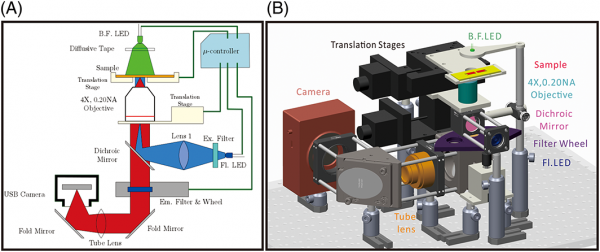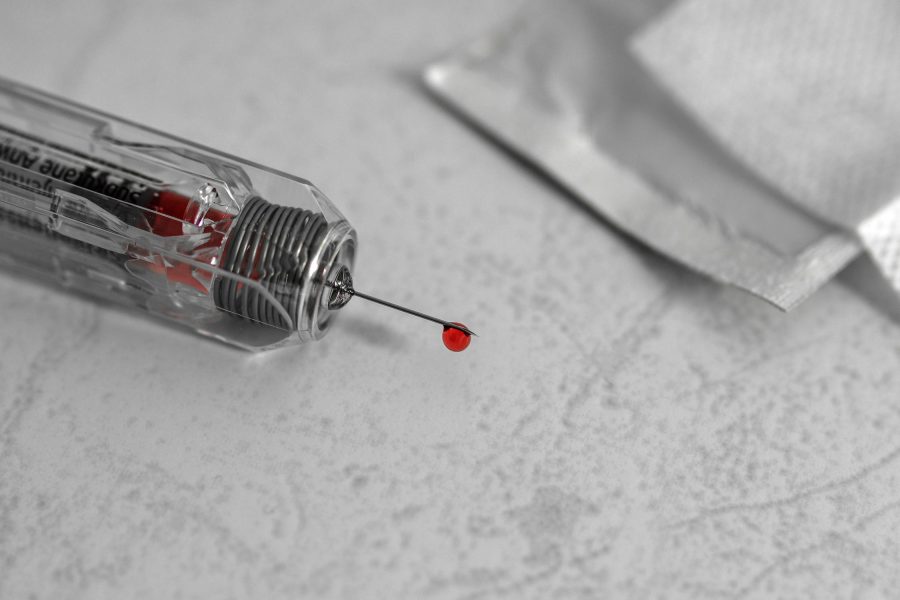Blood is the carrier of the adaptive immune system and interacts with all organs in the body; which means changes in the blood are often one of the first indicators of a change in patient health status. The complete blood count (CBC) is therefore one of the most commonly ordered laboratory tests, and one of the critical factors in the diagnostic criteria for many diseases.
However, a large portion of the world’s population lives in areas that lack easy and reliable access to the centralized hematology instrumentation typical in most hospitals. Therefore, there is a strong desire to decrease the cost and complexity of major medical instrumentation for use in remote and low-resource settings and reduce costs of health care without sacrificing the quality of diagnosis and care.
This desire is reflected in recent years in the rapid development of several commercially successful point of care testing (POCT) technologies. The goal is to collect specimens and obtain results in a short period of time at or near the location of the patient, so that the treatment plan can be necessarily adjusted before the patient leaves the medical facility. Another important goals is that the technology is usable for an untrained user: this is of critical importance in areas of the world where a highly trained laboratory technician may not be available at any cost, or where the cost is prohibitive.

(A) Schematic and (B) 3D structure of the custom-built, fully automated microscope. This system is formed by a Nikon ×4, 0.2NA objective, Nikon tube lens, 2 LEDs, a custom-built filter wheel and other mechanical parts
A team of Chinese researchers developed a cost-effective and fully automated blood counting system and statically identical performance when operated by trained, minimally trained and untrained users. The entire cost of the prototype system is kept at less than 10% of the cost of clinical systems, with further cost reductions possible in commercial production. “These results are achieved through effective simplification of the sample preparation method, and through a simple and effective autofocus algorithm that permits push-button operation of the instrument once the sample is placed in the measurement tray” according to team member Kaiqin Chu. The system‘s cost-effectiveness, automation and performance indicate that it can be successfully translated for use in low-resource settings where central hematology laboratories are not accessible.

















